Which of the Following Is Characteristic of an Oil-immersion Objective
State the function of the following microscope parts. There is an air space between the specimen under examination and the objective.

Systematic Design Of Microscope Objectives Part Ii Lens Modules And Design Principles
Pages 20 This preview shows page 7 - 11 out of 20 pages.
. The goal of microscopy is to create a magnified image of objects too small to be seen with the eye alone. They are used for very large magnifications that require high resolving power. Which of the following is characteristic of an oil-immersion objective.
The refractive index a n 20 C D. Which of the following is characteristic of an oil. Microscopes are often used to study bacteria cells and.
The immersion oil has a refractive index of greater than 1 typically around 15 which means that the way that light travels through the oil will reduce the amount of stray light and will channel more light through the objective lens. Oil immersion objective lens has an NA value of_____ 065 085 133 100. Ranges from 1482 - 1516.
Be sure you have a cover slip on your sample. B An objective with minimum numerical aperture c Shortest wavelength of visible light used d Shortest wavelength of visible light used and an objective with the maximum numerical aperture 23. Use of immersion oil.
To acquire a high-resolution image using the 100x objective light collected by the objective must pass through immersion oil which has a greater refractive index than air to increase numerical aperture. The objective lens improves the resolving power by a factor 1n. Which of the following is characteristic of an oil immersion objective A There.
Immersion oil It is not soluble in water and has a boiling point of 340 C. Immersion oil is not soluble in water and has a boiling point of 340 C. The working distance light is needed.
In inverted microscopes the oil is applied to the objective. Biology questions and answers. The Rayleigh Criterion describes how higher NA increases resolution which is the point at which two points of light imaged by the microscope can just barely be.
The oil is applied to the specimen conventional microscope and the stage is raised immersing the objective in oil. Oil immersion objectives are used only at very large magnifications that require high resolving power. The function of an oil immersion objective for a microscope is to achieve greater clarity of an image at high magnification.
Which of the following is characteristic of an oil-immersion objective. Oil immersion objective lens has an NA value of_____ a 065 b 085 c 133 d 100 24. Course Title HEALTH 7118.
Various mediums through which light passes have. Using an oil immersion objective lens allows for higher magnification. You dont want your oil mixing with the sample or water and you certainly dont want to get your sample or water on or in the objective lens.
Combined with the ocular lens it has a total magnification factor of 1000x. Objectives with high power magnification have short focal lengths facilitating the use of oil. The immersion oil is a light yellow liquid slightly viscous in appearance with a characteristic odor and a density between 092 and 099 g cm 3.
Microbiology Objective type Questions and Answers. School Brooklyn College CUNY. The function of a microscope to produce a magnified image of an object depends on the physical properties of light.
The following steps outline the procedure used to acquire an image using the 100x objective lens. It is used for specimens that need very high magnification. A higher NA afforded by immersion oil also increases the achievable resolution out of the objective.
Oil prevents light from bending and distorting the image of an object under study. It has a low-power lens with a magnification factor of 10x. The objective lenses which are specifically designed for this purpose is known as the Oil immersion objectives.
Solved State the function of the following microscope parts. They have short focal lengths facilitating the use of oil. ADiaphragm BCondenser COil immersion objective DOcular lens E.
Biology questions and answers. Asked Aug 26 2019 in Health Professions by rmcneill19. When you reach the 100x objective raise the objective up and place a drop of immersion oil on top of the cover slip.
Oil-immersion objectives are used for specimens that need very high magnification. Brightfield microscopes use a combination of glass lenses and light to view the specimen. In the conventional microscope the immersion oil is.
Question 11 05 You are looking at a specimen under low power and you switch to the high-power objective. SO decreases more decreases less increases more increases less Question 12 05 pt Care must be taken using the oil-immersion objective. Immersion oil is a light yellow liquid slightly viscous in appearance with a characteristic odor and a density between 092 and 099 gr cm 3.

Morphology Of Liposomes Examined Under Oil Immersion Objective Lens Download Scientific Diagram

Mastering Microbiology Ch 3 Flashcards Quizlet
Microdeformation Of Rbcs Under Oxidative Stress Measured By Digital Holographic Microscopy And Optical Tweezers
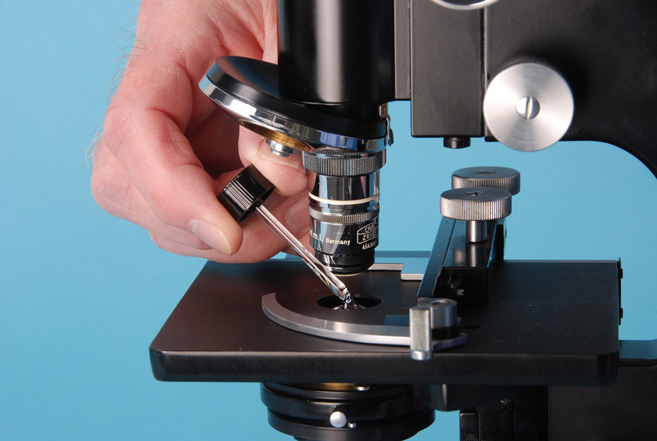
Microscope Activities 32 Immersion Objectives
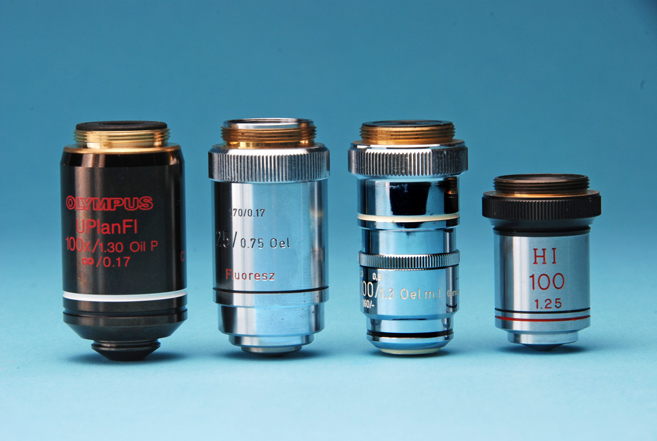
Microscope Activities 32 Immersion Objectives

Solved Part I Complete The Following Data Tables With Test Chegg Com
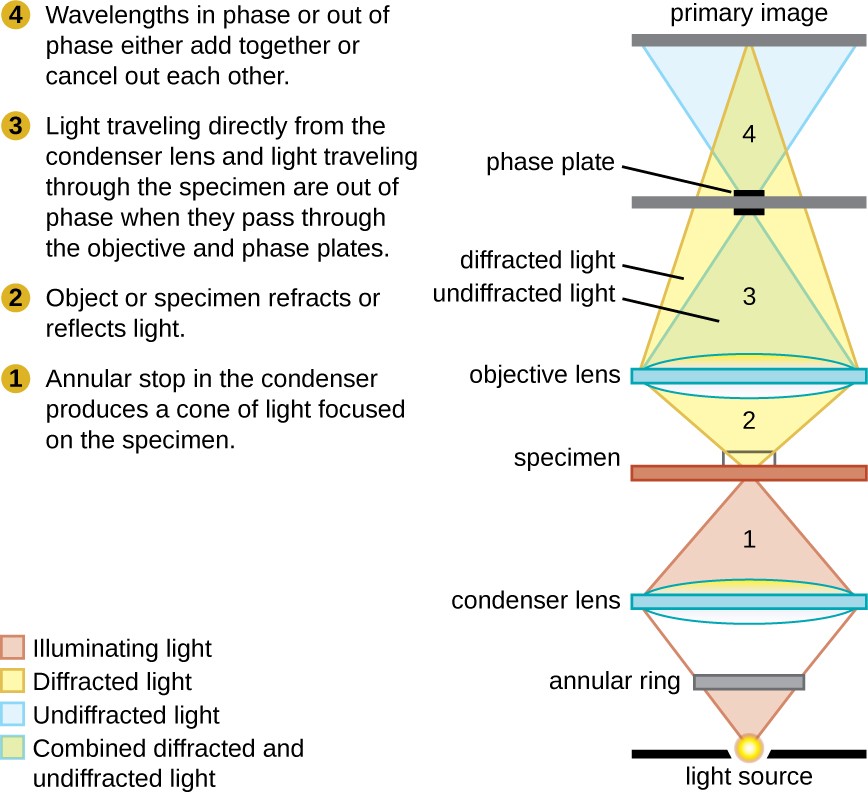
Instruments Of Microscopy Microbiology

Solved Name Section Number Exercise 19 Bacteria And Protists Chegg Com
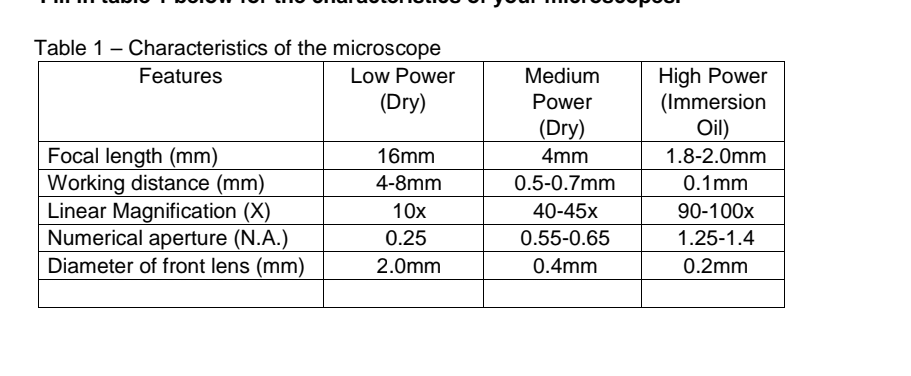
Answered Table 1 Characteristics Of The Bartleby
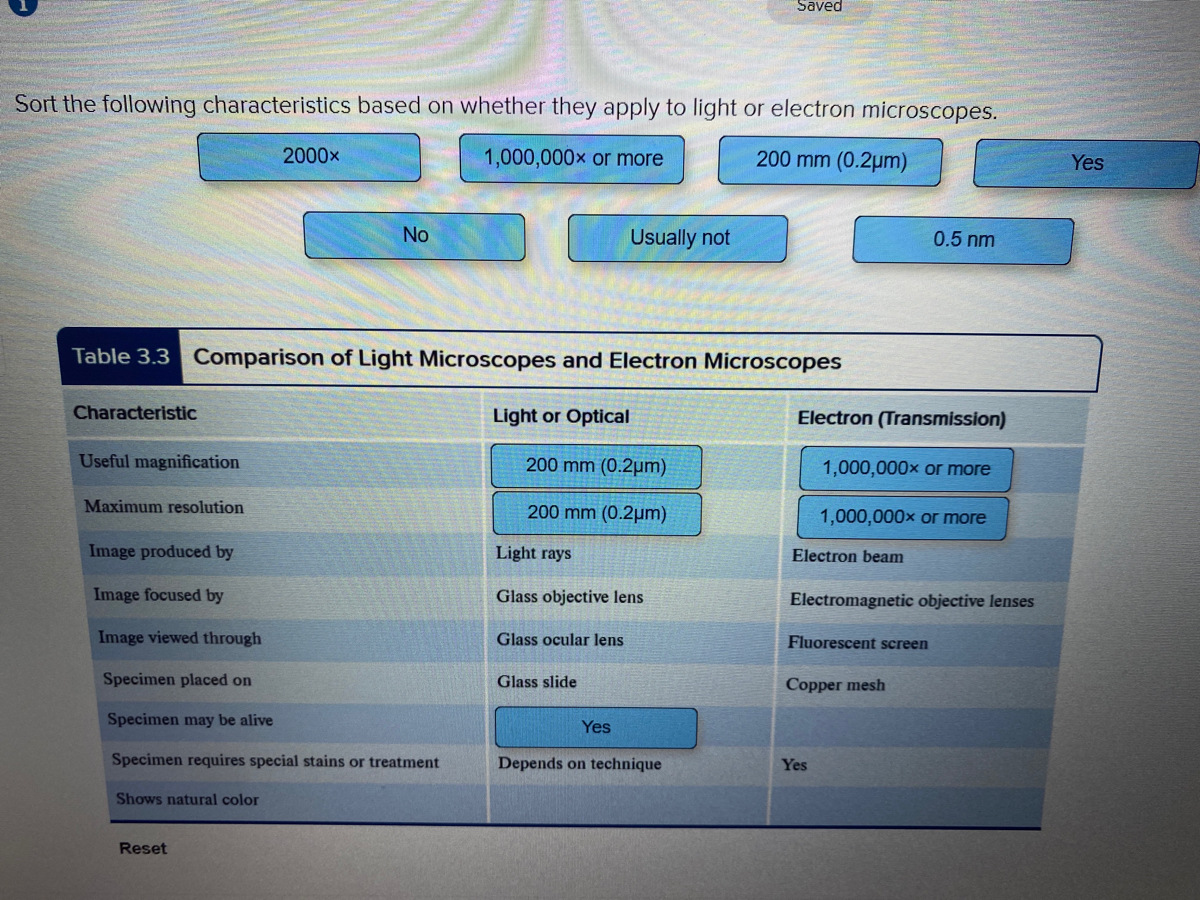
Answered Saved Sort The Following Bartleby
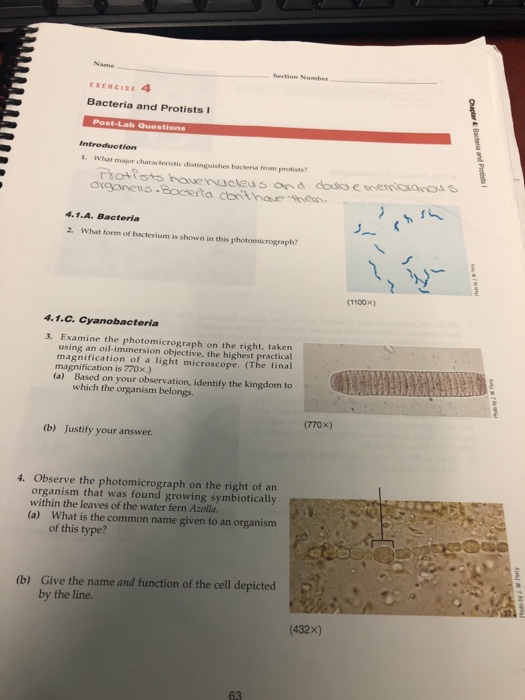
Solved Exercise 4 Bacteria And Protistsi Introduction What Chegg Com
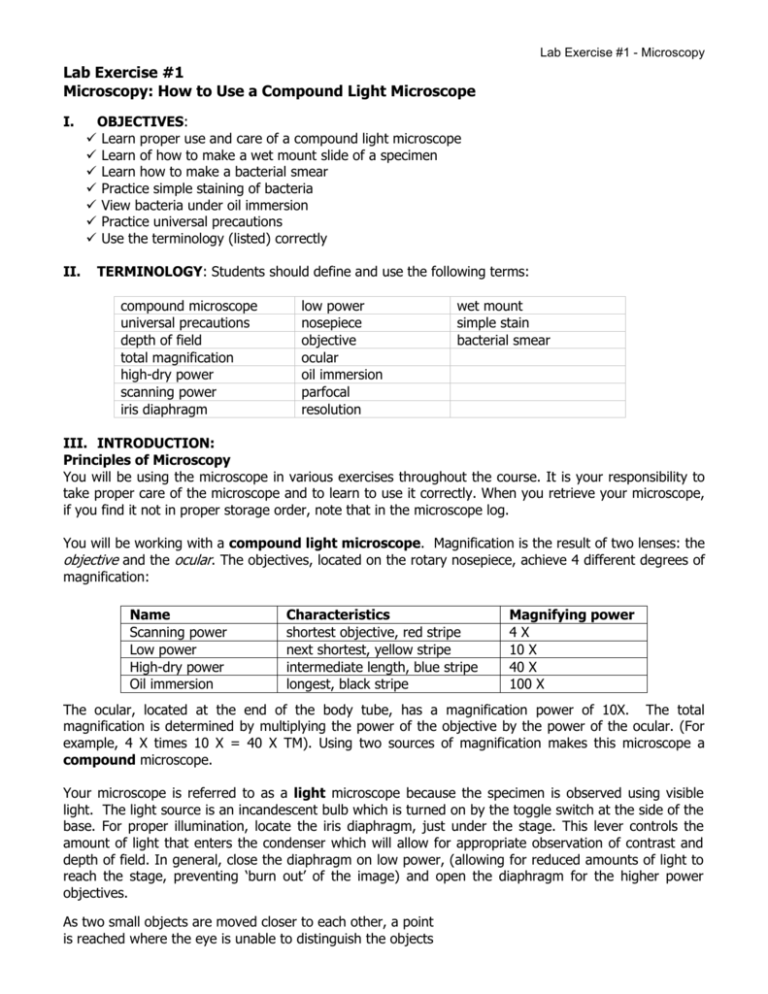
Microscopy Biology Lab Exercise Report
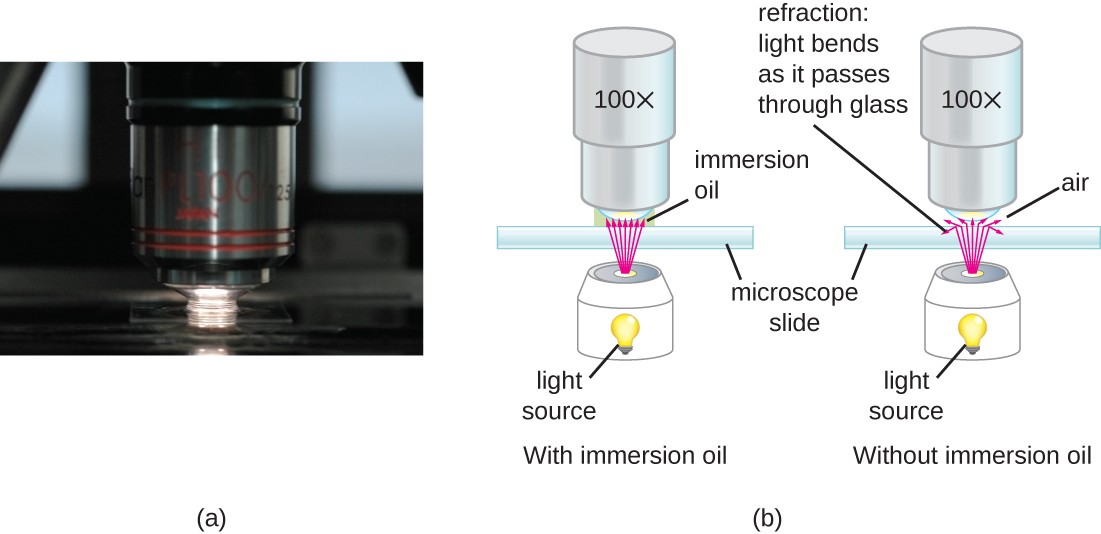
Instruments Of Microscopy Microbiology

The Oil Immersion Printing Configuration Of The Nanoscribe 3d Printer Download Scientific Diagram
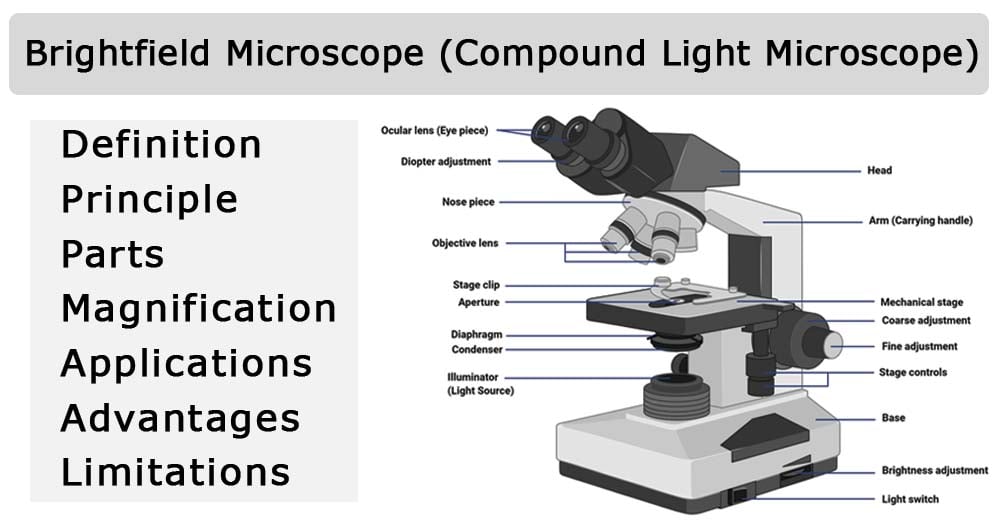
Brightfield Microscope Compound Light Microscope Definition Principle Parts
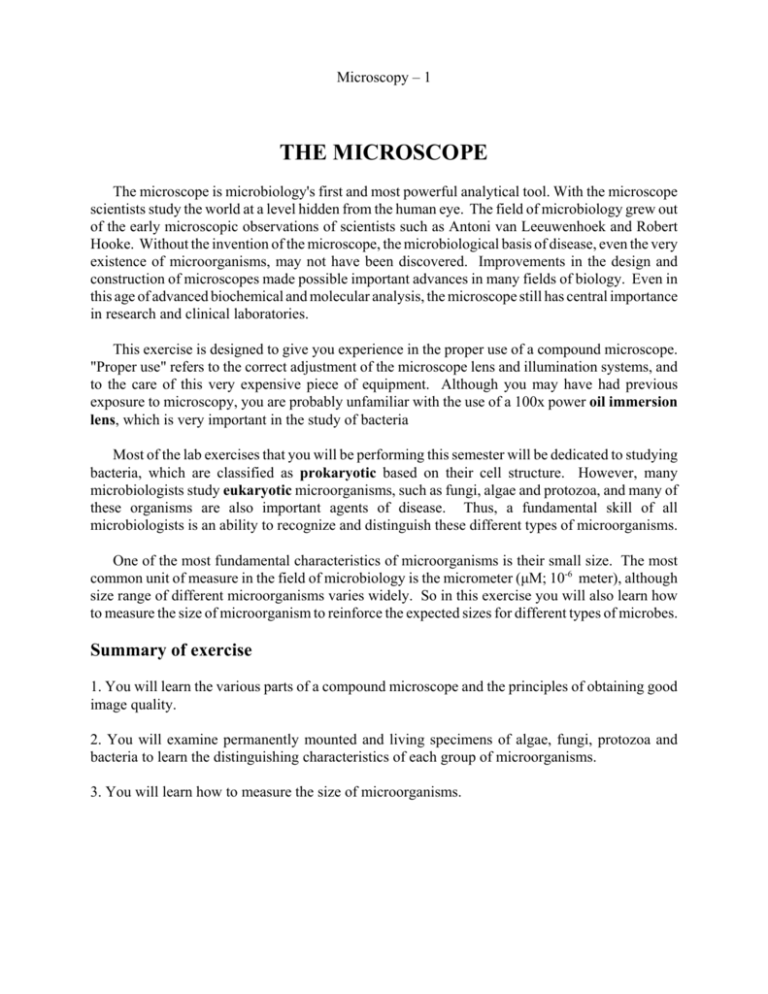
2 Microscopy And Eukaryotic Microbes

Systematic Design Of Microscope Objectives Part Ii Lens Modules And Design Principles
Comments
Post a Comment